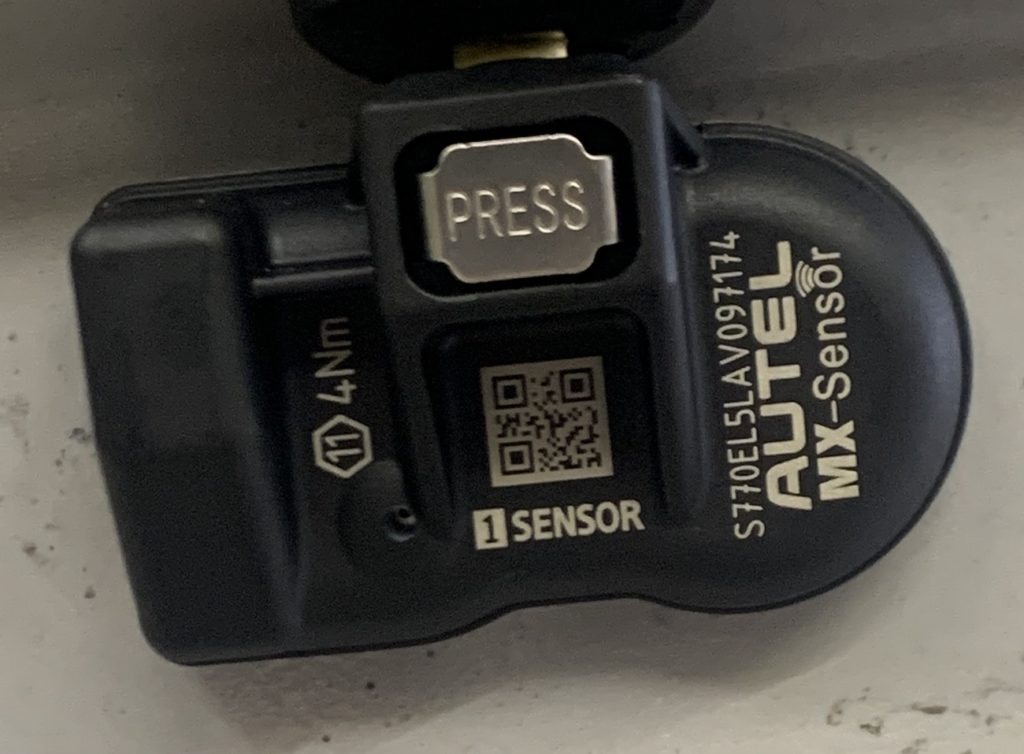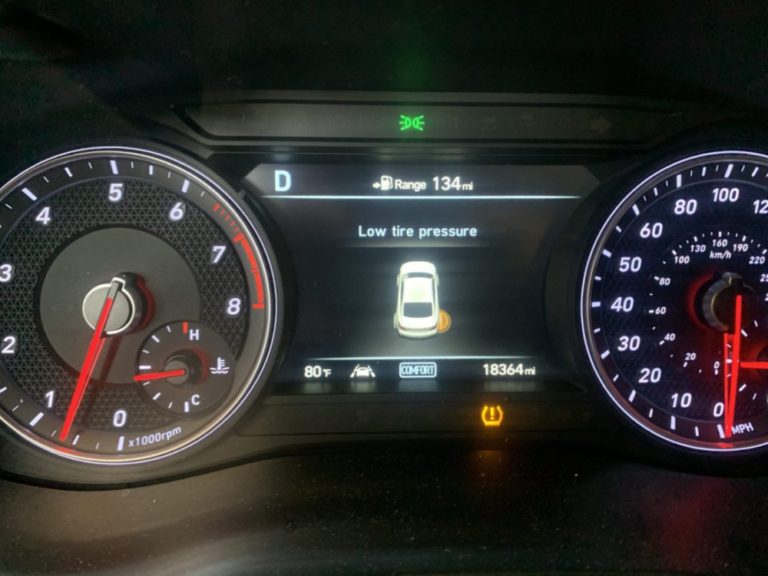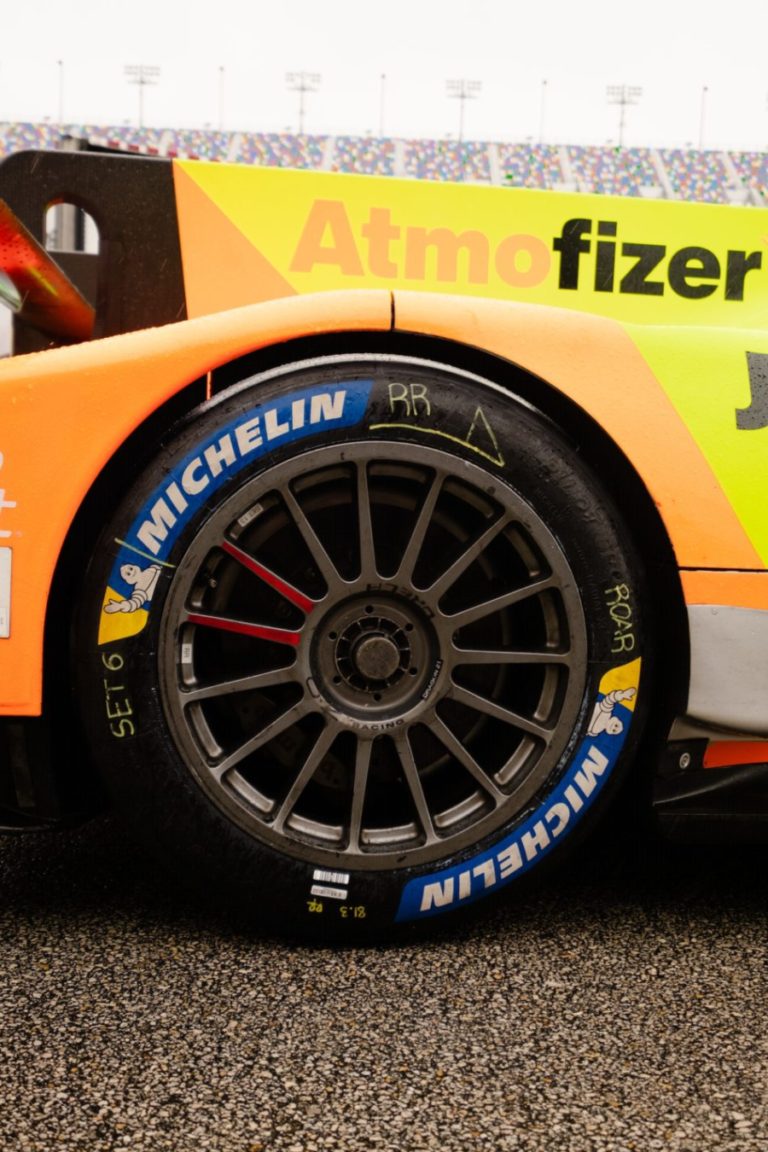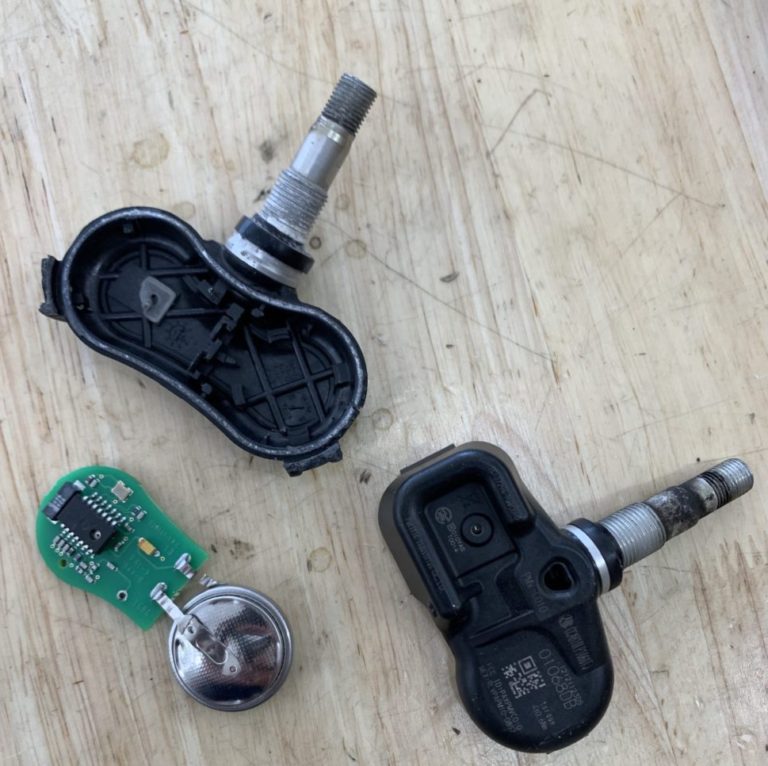Tire pressure sensor technology has become an integral part of modern automobiles, providing drivers with critical information about the state of their tires. This innovative feature allows drivers to monitor their tire pressure and ensure they are driving safely and efficiently. But who invented tire pressure sensor technology, and how has it evolved over time? In this article, we will explore the history and evolution of this technology and the pioneers who paved the way for its development.
History of Tire Pressure Sensor Technology
The first tire pressure sensor was invented in the 1980s by a Frenchman named Claude Valade. He developed a system that used a pressure sensor on each tire to detect when the pressure was too low. This system was installed on some French cars in the late 1980s but was not widely used at the time.
In the 1990s, General Motors developed their own version of the tire pressure sensor technology called the Low Tire Pressure Warning System (LTPWS). This system used a sensor mounted in the wheel rim that sent a radio signal to the car’s onboard computer when the tire pressure dropped below a certain level. This technology was first introduced on the 1991 Corvette and has since been widely adopted by other automakers.
In 1995, Michelin introduced the PAX system, which was a revolutionary tire and wheel assembly that incorporated a tire pressure monitoring system. This system used a sensor that was mounted inside the tire to measure pressure and temperature, providing a more accurate reading of the tire’s condition. The PAX system was initially used on some high-end luxury vehicles, but it has since been adopted by some mainstream automakers.
In 2000, the National Highway Traffic Safety Administration (NHTSA) mandated that all new vehicles sold in the United States must be equipped with tire pressure monitoring systems. This mandate was in response to several high-profile accidents caused by tire blowouts, including the infamous Firestone tire recall. This mandate has since been adopted by other countries around the world.
Who Invented Tire PRessure Sensor Technology?
As mentioned earlier, the first tire pressure sensor was invented by Claude Valade in the 1980s. However, it was General Motors who popularized the technology with the introduction of their LTPWS in 1991. While Valade may have been the first to develop the technology, it was GM who made it a standard feature on their vehicles and paved the way for other automakers to follow suit.
How Does Tire PRessure Sensor Technology Work?
Tire pressure sensor technology works by measuring the pressure and temperature inside each tire and transmitting that data to a receiver in the car. There are two types of TPMS systems: direct and indirect.
Direct TPMS systems use sensors mounted inside each tire to measure pressure and temperature. These sensors transmit data to a receiver in the car, which then displays the information on the dashboard. Indirect TPMS systems, on the other hand, use the car’s existing anti-lock brake system (ABS) to estimate tire pressure based on the rotation speed of each wheel. While these systems are less accurate than direct TPMS, they are still an effective way to monitor tire pressure and are often used in older cars that do not have direct TPMS installed.
In recent years, tire pressure sensor technology has continued to evolve, with the introduction of smart TPMS systems that can alert drivers to more than just low tire pressure. Some systems can now detect tire wear, temperature, and even road conditions, providing drivers with even more information to help keep them safe on the road.
The Future of Tire Pressure Sensor Technology
Tire pressure sensor technology has come a long way since its inception, and it continues to evolve. Today, tire pressure monitoring systems are more advanced than ever before, with some systems even providing real-time tire pressure and temperature data to the driver.
Today, TPMS has become a standard safety feature in most modern cars, mandated by law in many countries. The latest innovations in TPMS technology include wireless sensors, which can communicate directly with a car’s onboard computer, and even smartphone apps that allow drivers to monitor their tire pressure remotely. In addition to monitoring tire pressure, some systems can also detect tire wear and provide information on the tire’s remaining life. There are also new technologies in development, such as sensors that can monitor the road surface and adjust tire pressure to provide better traction in different driving conditions.
Benefits of Tire Pressure Sensor Technology:
Tire pressure sensor technology provides drivers with numerous benefits, including:
Allows drivers to monitor tire pressure in real-time without having to manually check it with a gauge.
Helps prevent accidents and saves lives by alerting drivers to low tire pressure and other tire-related issues.
Improves fuel efficiency by ensuring that tires are properly inflated, reducing rolling resistance and improving traction.
Extends the life of tires by reducing wear and tear caused by over- or under-inflation.
Reduces maintenance costs by minimizing the need for tire replacements and repairs.
Provides drivers with more information about their vehicle’s performance and safety, allowing them to make more informed decisions on the road.
Can detect tire wear, temperature, and road conditions, providing drivers with even more information to help keep them safe.
Helps maintain optimal tire pressure, which can improve handling, braking, and overall vehicle performance.
Mandated by law in many countries, making it a standard safety feature in most modern cars.
Conclusion
In conclusion, the tire pressure sensor technology has a fascinating history that spans several decades. While Claude Valade may have been the first to develop the technology, it was General Motors who made it a standard feature on their vehicles and popularized it among other automakers. Today, tire pressure monitoring systems are a crucial safety feature that is mandated in many countries around the world, and they continue to evolve and improve with new technologies in development.
FAQs About TPMS:
Do all cars come with tire pressure sensors?
No, not all cars come with tire pressure sensors. However, most modern cars come equipped with TPMS as a standard safety feature, mandated by law in many countries.
How often should I check my tire pressure?
You should check your tire pressure at least once a month and before long trips. Maintaining proper tire pressure can improve fuel efficiency, extend the life of your tires, and prevent accidents.
Can I replace my own tire pressure sensors?
While it is possible to replace your own tire pressure sensors, it can be a complex and time-consuming process. It is often best to have a trained technician perform the replacement to ensure that the new sensors are properly installed and calibrated.




